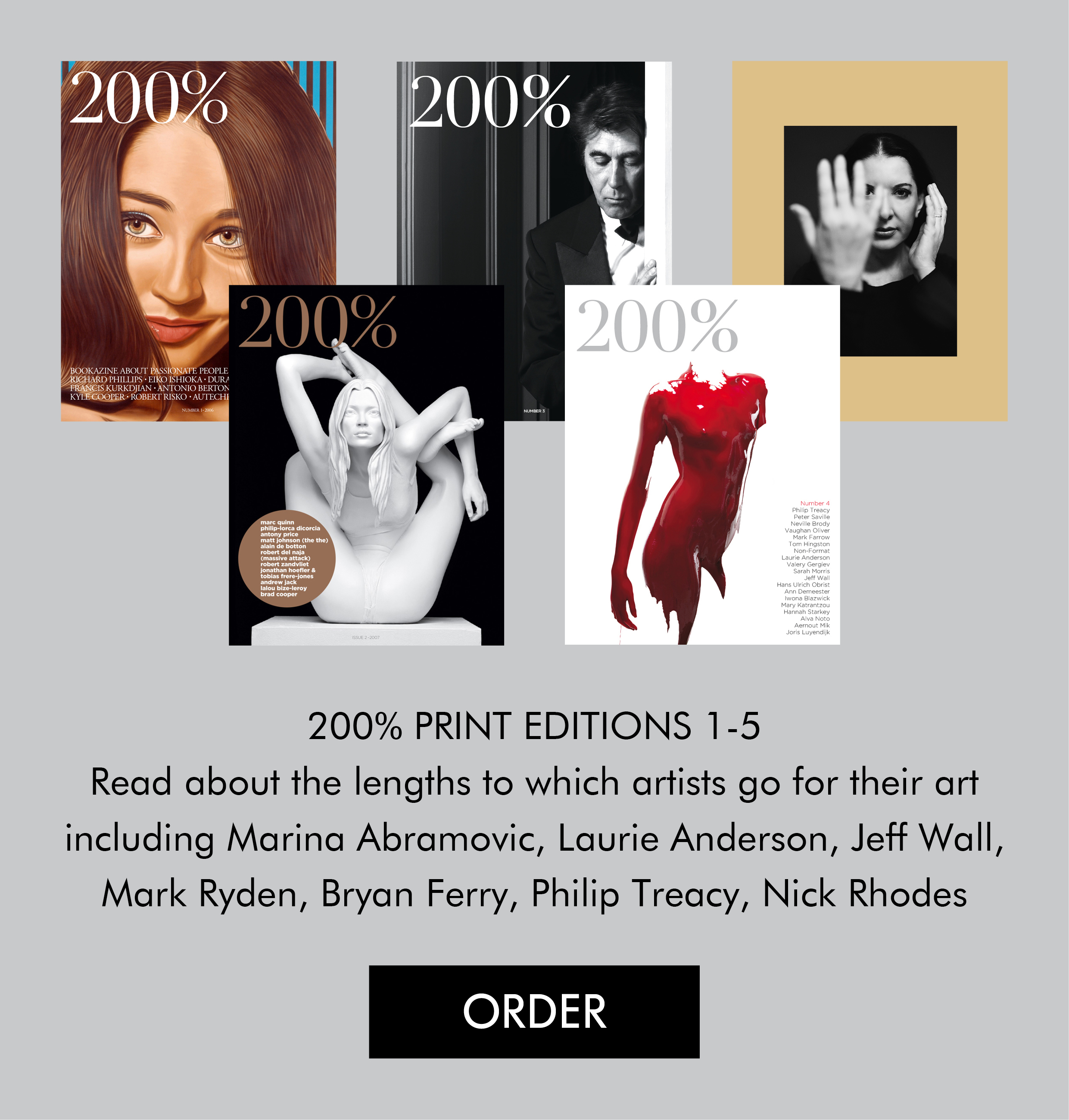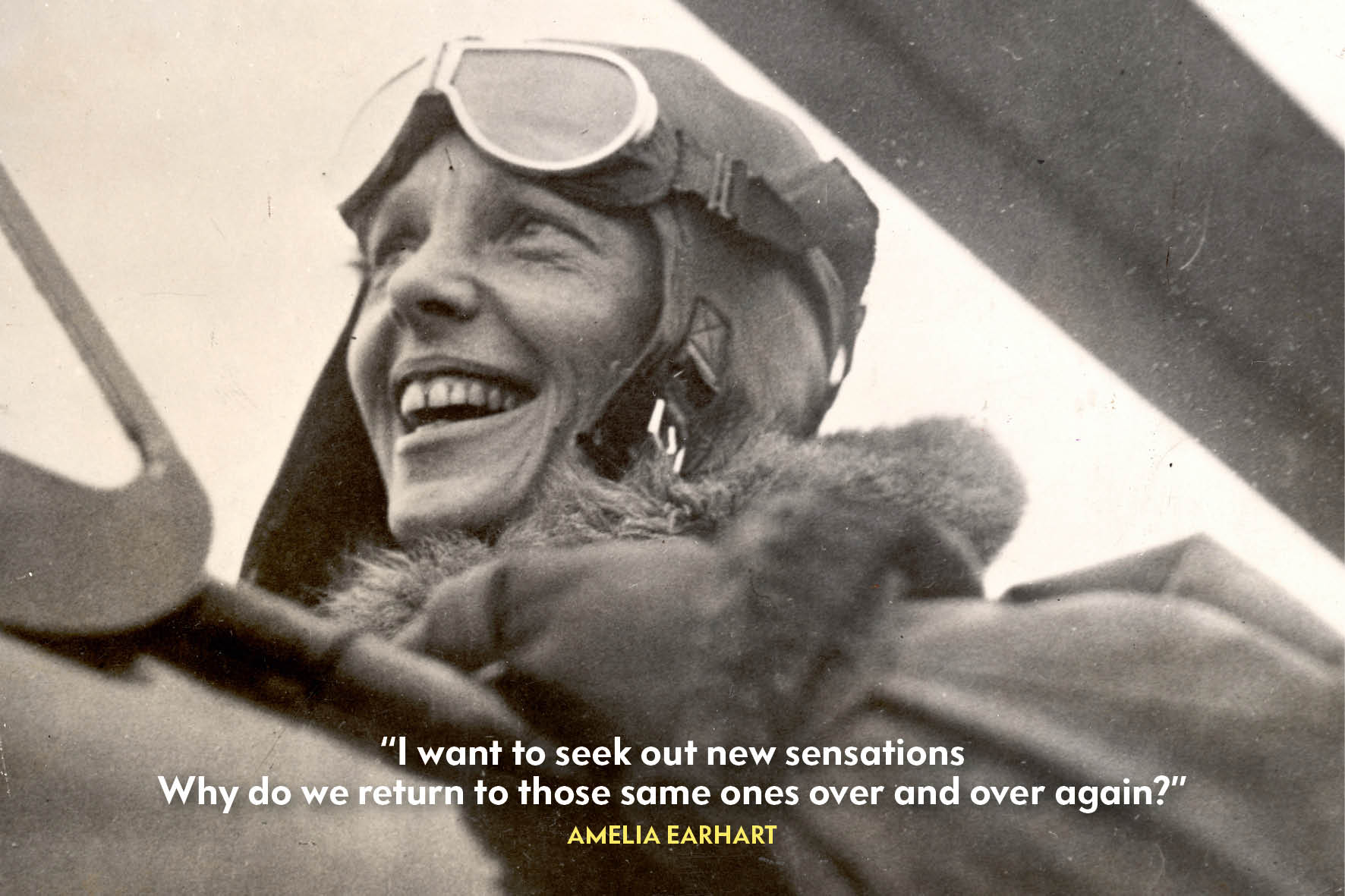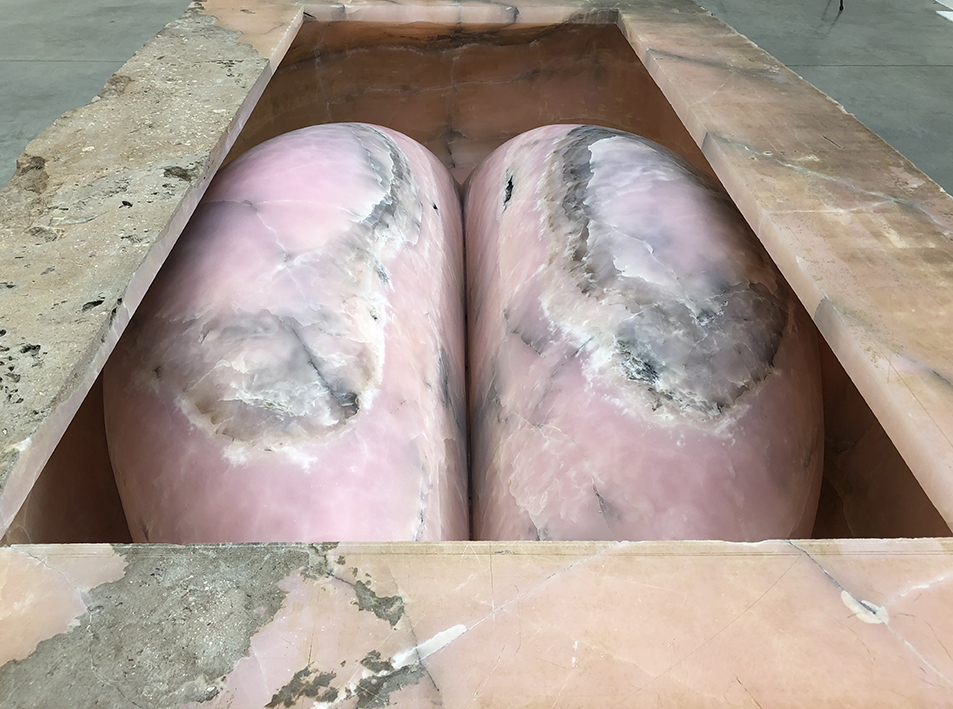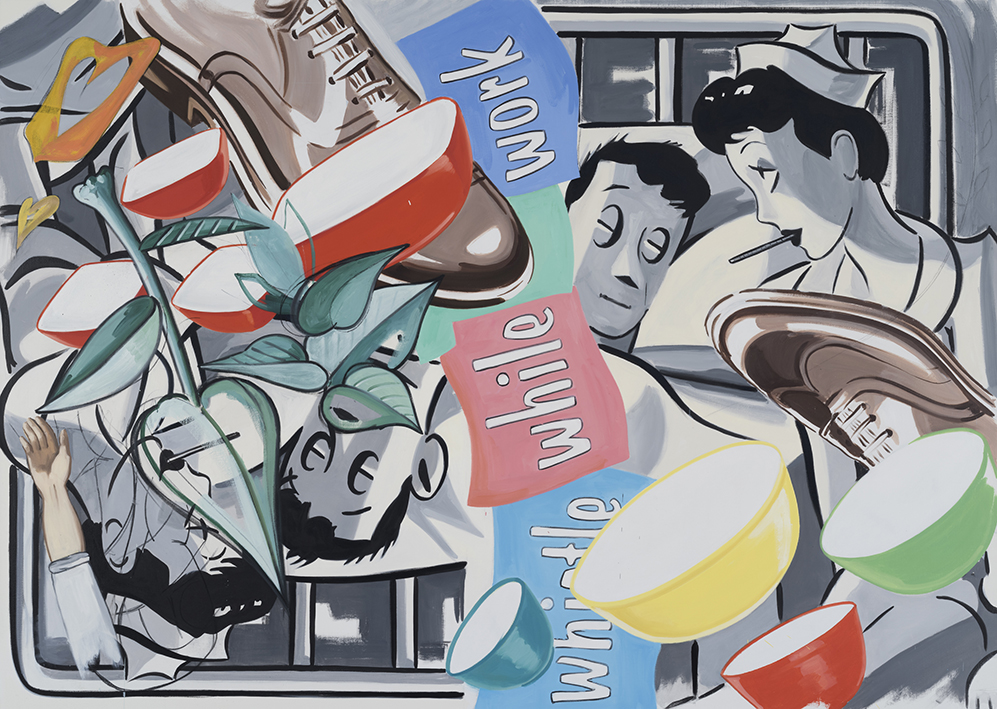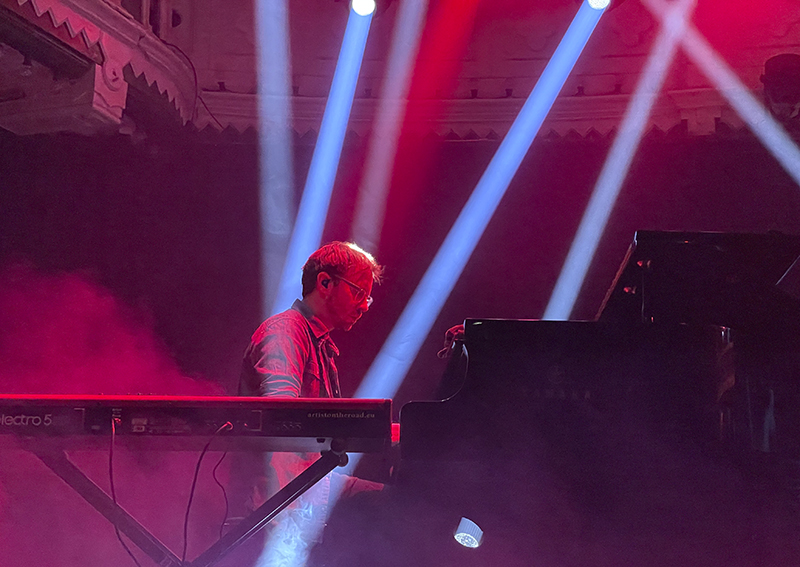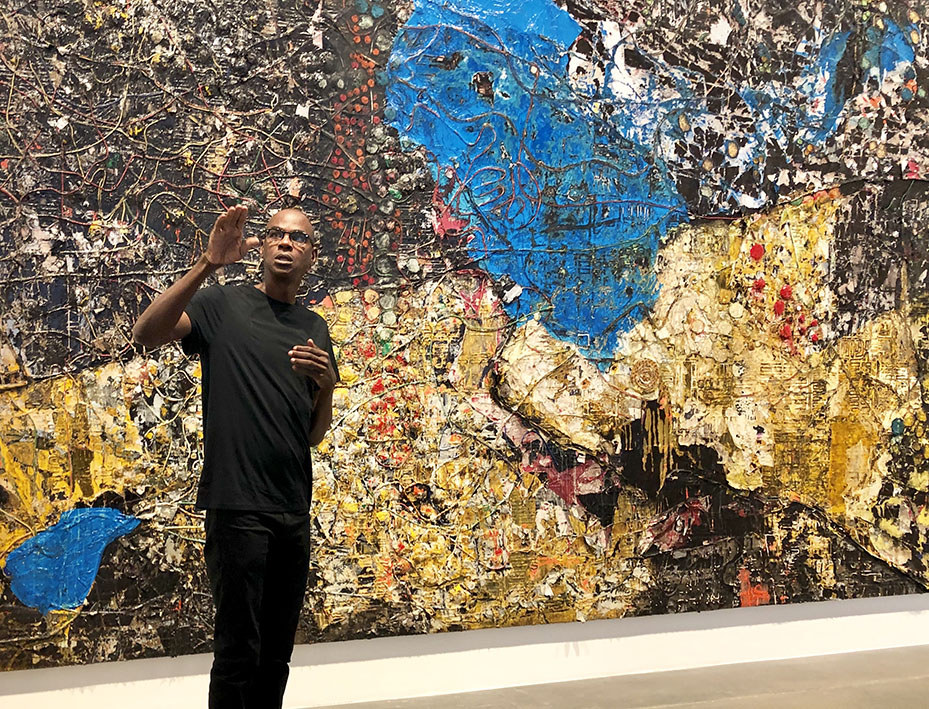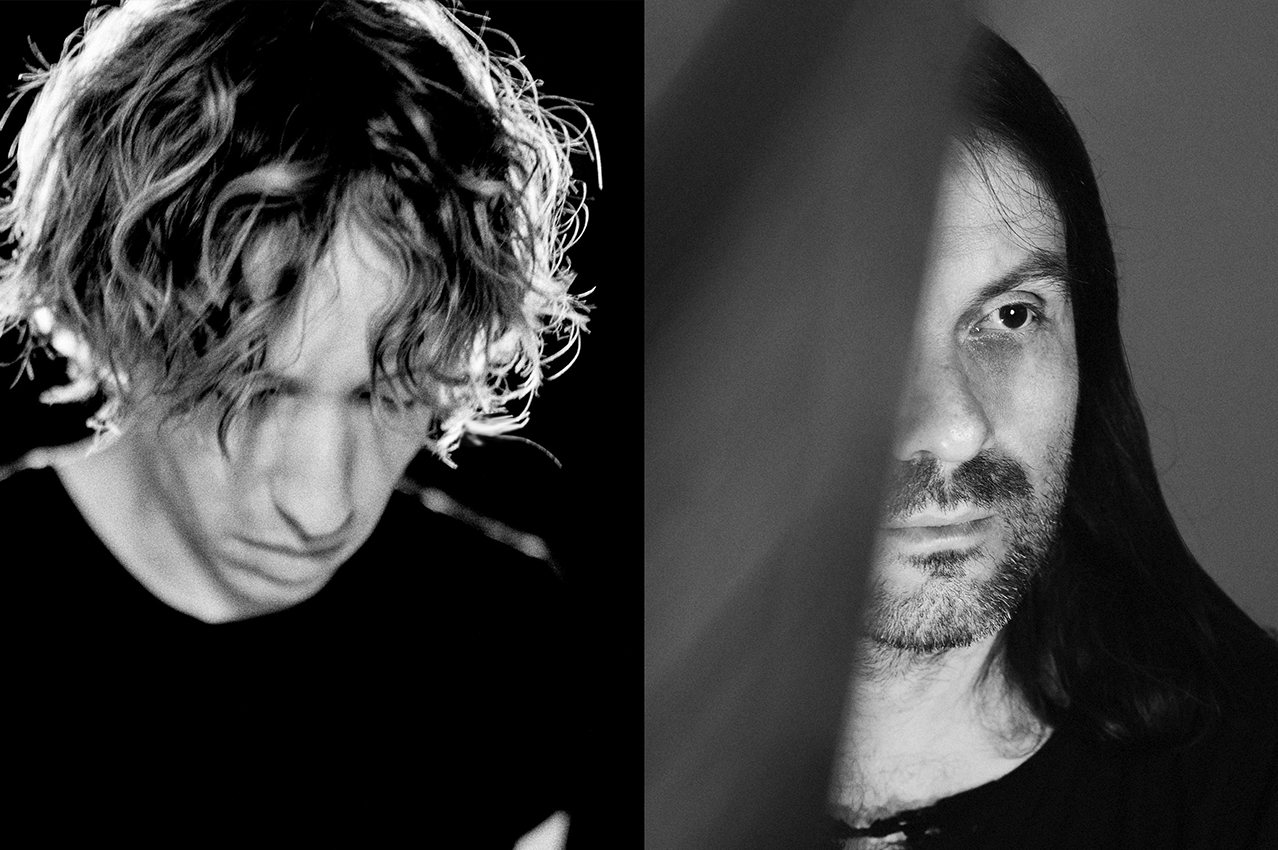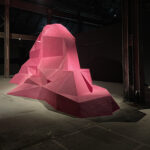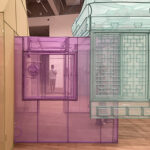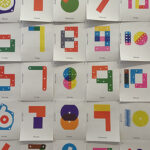 The mesmerizing portrait series of the curvaceous Sue Tilley (aka ‘Big Sue’) was a continuation of Freud’s fascination with flesh. The artist did remark, though, “not wanting to over indulge his predilection towards people of unusual or strange proportions”.
I wasn’t aiming to over indulge my appetite for Lucian Freud exhibitions, but it happened that I visited three shows of his work in one day, in London.
The tour started in Mayfair at Blain Southern Gallery where ‘Lucian Freud Drawings’ are being presented. The exhibition, curated by Freud’s biographer, William Feavor, consists of 108 works on paper, ranging from Pencil to Etchings and from Charcoal to Watercolour.
For Freud, not only was every painting a portrait, every painting was essentially a drawing. The artist said “I very much prided myself on my drawing” and was known for, what the art historian and critic, Martin Gayford, describes as, his “omnivorous” gaze as he tried to capture the individuality of his sitters. In his self-portrait, ‘Man at Night’, the viewer can fully experience that gaze.
It’s an ink drawing from his linear period in which there is meticulous attention to the detail of the artist’s hair and a beautiful play of shadows on the large collar of his sweater. In this work, the artist bears a striking similarity to the American singer-songwriter Lyle Lovett, but with a difference – Freud’s gaze is not as disconsolate as the singer’s, but very self-aware.
The exhibition also features drawings of dead monkeys, chicken carcasses, portraits of Francis Bacon, a smoked copper plate of the head of Jeremy King, and studies of his female sitters, including Celia Paul and his first wife Kitty Garman. ‘Ill in Paris’ is a gripping etching of his former spouse lying in bed. We see only her face as the rest of the body is covered by sheets. Their marriage was renownedly troubled, which is depicted in her wide eyes, which display a look of terror as she stares at a rose with thorns. If eyes are a mirror to the soul then this intimate exhibition demonstrates Freud’s skill of capturing the inner states of his sitters (and himself) in an awe-struck and breathtaking manner.
Next stop was ‘Lucian Freud: Studio Life’ at Hazlitt Holland-Hibbert. Here are 21 intimate photographs made by David Dawson, Freud’s assistant since 1991, that depict life in the artist’s studio. There is a tender and loving picture of Freud with the model Kate Moss, one of his sitters, lying in each other’s arms in bed.
Another picture, ‘Falling Over’, looks like a film still wherein Freud walks by a naked model sitting on the studio floor, seemingly ignoring her. In another picture she has a subordinated pose as she clamps herself to Freud’s leg. One of his sitters, commented in ‘Painted Life’, an insightful documentary on the artist’s life: “The way he dealt with me in the beginning; ‘you’re an animal and that’s how you’re going to be treated’. He wanted it to be a sexual relationship. That’s the deal almost and I just wasn’t into it”.
Watching ‘Falling Over’, the picture triggers the imagination as to how the sexual element complicated the relationships Freud had with his female sitters, and whether tensions were created in the studio.
The last stop was for a guided tour at the National Portrait Gallery, which is hosting ‘Lucian Freud Portraits’. There I met Martin Gayford, who spent seven months with the late artist, as he was the sitter for Freud’s portrait ‘Man with a Blue Scarf’. Gayford wrote a wonderful book about the experience and, whilst viewing the exhibition, I discussed with the author what Freud’s work does for him on a personal, emotional level and, in particular, his own portrait made by Freud, which is included in the exhibition.
An extensive report of that exchange will be posted in the week of 9 April.
Written by Thierry Somers
Picture: ‘Falling Over’, © David Dawson, courtesy of Hazlitt Holland-Hibbert
‘Lucian Freud Drawings’, Blain Southern, until 5 April 2012
‘Lucian Freud: Studio Life’ Hazlitt Holland-Hibbert until 2 March 2012
‘Lucian Freud Portraits’, National Portrait Gallery, until 27 May 2012
The mesmerizing portrait series of the curvaceous Sue Tilley (aka ‘Big Sue’) was a continuation of Freud’s fascination with flesh. The artist did remark, though, “not wanting to over indulge his predilection towards people of unusual or strange proportions”.
I wasn’t aiming to over indulge my appetite for Lucian Freud exhibitions, but it happened that I visited three shows of his work in one day, in London.
The tour started in Mayfair at Blain Southern Gallery where ‘Lucian Freud Drawings’ are being presented. The exhibition, curated by Freud’s biographer, William Feavor, consists of 108 works on paper, ranging from Pencil to Etchings and from Charcoal to Watercolour.
For Freud, not only was every painting a portrait, every painting was essentially a drawing. The artist said “I very much prided myself on my drawing” and was known for, what the art historian and critic, Martin Gayford, describes as, his “omnivorous” gaze as he tried to capture the individuality of his sitters. In his self-portrait, ‘Man at Night’, the viewer can fully experience that gaze.
It’s an ink drawing from his linear period in which there is meticulous attention to the detail of the artist’s hair and a beautiful play of shadows on the large collar of his sweater. In this work, the artist bears a striking similarity to the American singer-songwriter Lyle Lovett, but with a difference – Freud’s gaze is not as disconsolate as the singer’s, but very self-aware.
The exhibition also features drawings of dead monkeys, chicken carcasses, portraits of Francis Bacon, a smoked copper plate of the head of Jeremy King, and studies of his female sitters, including Celia Paul and his first wife Kitty Garman. ‘Ill in Paris’ is a gripping etching of his former spouse lying in bed. We see only her face as the rest of the body is covered by sheets. Their marriage was renownedly troubled, which is depicted in her wide eyes, which display a look of terror as she stares at a rose with thorns. If eyes are a mirror to the soul then this intimate exhibition demonstrates Freud’s skill of capturing the inner states of his sitters (and himself) in an awe-struck and breathtaking manner.
Next stop was ‘Lucian Freud: Studio Life’ at Hazlitt Holland-Hibbert. Here are 21 intimate photographs made by David Dawson, Freud’s assistant since 1991, that depict life in the artist’s studio. There is a tender and loving picture of Freud with the model Kate Moss, one of his sitters, lying in each other’s arms in bed.
Another picture, ‘Falling Over’, looks like a film still wherein Freud walks by a naked model sitting on the studio floor, seemingly ignoring her. In another picture she has a subordinated pose as she clamps herself to Freud’s leg. One of his sitters, commented in ‘Painted Life’, an insightful documentary on the artist’s life: “The way he dealt with me in the beginning; ‘you’re an animal and that’s how you’re going to be treated’. He wanted it to be a sexual relationship. That’s the deal almost and I just wasn’t into it”.
Watching ‘Falling Over’, the picture triggers the imagination as to how the sexual element complicated the relationships Freud had with his female sitters, and whether tensions were created in the studio.
The last stop was for a guided tour at the National Portrait Gallery, which is hosting ‘Lucian Freud Portraits’. There I met Martin Gayford, who spent seven months with the late artist, as he was the sitter for Freud’s portrait ‘Man with a Blue Scarf’. Gayford wrote a wonderful book about the experience and, whilst viewing the exhibition, I discussed with the author what Freud’s work does for him on a personal, emotional level and, in particular, his own portrait made by Freud, which is included in the exhibition.
An extensive report of that exchange will be posted in the week of 9 April.
Written by Thierry Somers
Picture: ‘Falling Over’, © David Dawson, courtesy of Hazlitt Holland-Hibbert
‘Lucian Freud Drawings’, Blain Southern, until 5 April 2012
‘Lucian Freud: Studio Life’ Hazlitt Holland-Hibbert until 2 March 2012
‘Lucian Freud Portraits’, National Portrait Gallery, until 27 May 2012
Sue Tilley
 The mesmerizing portrait series of the curvaceous Sue Tilley (aka ‘Big Sue’) was a continuation of Freud’s fascination with flesh. The artist did remark, though, “not wanting to over indulge his predilection towards people of unusual or strange proportions”.
I wasn’t aiming to over indulge my appetite for Lucian Freud exhibitions, but it happened that I visited three shows of his work in one day, in London.
The tour started in Mayfair at Blain Southern Gallery where ‘Lucian Freud Drawings’ are being presented. The exhibition, curated by Freud’s biographer, William Feavor, consists of 108 works on paper, ranging from Pencil to Etchings and from Charcoal to Watercolour.
For Freud, not only was every painting a portrait, every painting was essentially a drawing. The artist said “I very much prided myself on my drawing” and was known for, what the art historian and critic, Martin Gayford, describes as, his “omnivorous” gaze as he tried to capture the individuality of his sitters. In his self-portrait, ‘Man at Night’, the viewer can fully experience that gaze.
It’s an ink drawing from his linear period in which there is meticulous attention to the detail of the artist’s hair and a beautiful play of shadows on the large collar of his sweater. In this work, the artist bears a striking similarity to the American singer-songwriter Lyle Lovett, but with a difference – Freud’s gaze is not as disconsolate as the singer’s, but very self-aware.
The exhibition also features drawings of dead monkeys, chicken carcasses, portraits of Francis Bacon, a smoked copper plate of the head of Jeremy King, and studies of his female sitters, including Celia Paul and his first wife Kitty Garman. ‘Ill in Paris’ is a gripping etching of his former spouse lying in bed. We see only her face as the rest of the body is covered by sheets. Their marriage was renownedly troubled, which is depicted in her wide eyes, which display a look of terror as she stares at a rose with thorns. If eyes are a mirror to the soul then this intimate exhibition demonstrates Freud’s skill of capturing the inner states of his sitters (and himself) in an awe-struck and breathtaking manner.
Next stop was ‘Lucian Freud: Studio Life’ at Hazlitt Holland-Hibbert. Here are 21 intimate photographs made by David Dawson, Freud’s assistant since 1991, that depict life in the artist’s studio. There is a tender and loving picture of Freud with the model Kate Moss, one of his sitters, lying in each other’s arms in bed.
Another picture, ‘Falling Over’, looks like a film still wherein Freud walks by a naked model sitting on the studio floor, seemingly ignoring her. In another picture she has a subordinated pose as she clamps herself to Freud’s leg. One of his sitters, commented in ‘Painted Life’, an insightful documentary on the artist’s life: “The way he dealt with me in the beginning; ‘you’re an animal and that’s how you’re going to be treated’. He wanted it to be a sexual relationship. That’s the deal almost and I just wasn’t into it”.
Watching ‘Falling Over’, the picture triggers the imagination as to how the sexual element complicated the relationships Freud had with his female sitters, and whether tensions were created in the studio.
The last stop was for a guided tour at the National Portrait Gallery, which is hosting ‘Lucian Freud Portraits’. There I met Martin Gayford, who spent seven months with the late artist, as he was the sitter for Freud’s portrait ‘Man with a Blue Scarf’. Gayford wrote a wonderful book about the experience and, whilst viewing the exhibition, I discussed with the author what Freud’s work does for him on a personal, emotional level and, in particular, his own portrait made by Freud, which is included in the exhibition.
An extensive report of that exchange will be posted in the week of 9 April.
Written by Thierry Somers
Picture: ‘Falling Over’, © David Dawson, courtesy of Hazlitt Holland-Hibbert
‘Lucian Freud Drawings’, Blain Southern, until 5 April 2012
‘Lucian Freud: Studio Life’ Hazlitt Holland-Hibbert until 2 March 2012
‘Lucian Freud Portraits’, National Portrait Gallery, until 27 May 2012
The mesmerizing portrait series of the curvaceous Sue Tilley (aka ‘Big Sue’) was a continuation of Freud’s fascination with flesh. The artist did remark, though, “not wanting to over indulge his predilection towards people of unusual or strange proportions”.
I wasn’t aiming to over indulge my appetite for Lucian Freud exhibitions, but it happened that I visited three shows of his work in one day, in London.
The tour started in Mayfair at Blain Southern Gallery where ‘Lucian Freud Drawings’ are being presented. The exhibition, curated by Freud’s biographer, William Feavor, consists of 108 works on paper, ranging from Pencil to Etchings and from Charcoal to Watercolour.
For Freud, not only was every painting a portrait, every painting was essentially a drawing. The artist said “I very much prided myself on my drawing” and was known for, what the art historian and critic, Martin Gayford, describes as, his “omnivorous” gaze as he tried to capture the individuality of his sitters. In his self-portrait, ‘Man at Night’, the viewer can fully experience that gaze.
It’s an ink drawing from his linear period in which there is meticulous attention to the detail of the artist’s hair and a beautiful play of shadows on the large collar of his sweater. In this work, the artist bears a striking similarity to the American singer-songwriter Lyle Lovett, but with a difference – Freud’s gaze is not as disconsolate as the singer’s, but very self-aware.
The exhibition also features drawings of dead monkeys, chicken carcasses, portraits of Francis Bacon, a smoked copper plate of the head of Jeremy King, and studies of his female sitters, including Celia Paul and his first wife Kitty Garman. ‘Ill in Paris’ is a gripping etching of his former spouse lying in bed. We see only her face as the rest of the body is covered by sheets. Their marriage was renownedly troubled, which is depicted in her wide eyes, which display a look of terror as she stares at a rose with thorns. If eyes are a mirror to the soul then this intimate exhibition demonstrates Freud’s skill of capturing the inner states of his sitters (and himself) in an awe-struck and breathtaking manner.
Next stop was ‘Lucian Freud: Studio Life’ at Hazlitt Holland-Hibbert. Here are 21 intimate photographs made by David Dawson, Freud’s assistant since 1991, that depict life in the artist’s studio. There is a tender and loving picture of Freud with the model Kate Moss, one of his sitters, lying in each other’s arms in bed.
Another picture, ‘Falling Over’, looks like a film still wherein Freud walks by a naked model sitting on the studio floor, seemingly ignoring her. In another picture she has a subordinated pose as she clamps herself to Freud’s leg. One of his sitters, commented in ‘Painted Life’, an insightful documentary on the artist’s life: “The way he dealt with me in the beginning; ‘you’re an animal and that’s how you’re going to be treated’. He wanted it to be a sexual relationship. That’s the deal almost and I just wasn’t into it”.
Watching ‘Falling Over’, the picture triggers the imagination as to how the sexual element complicated the relationships Freud had with his female sitters, and whether tensions were created in the studio.
The last stop was for a guided tour at the National Portrait Gallery, which is hosting ‘Lucian Freud Portraits’. There I met Martin Gayford, who spent seven months with the late artist, as he was the sitter for Freud’s portrait ‘Man with a Blue Scarf’. Gayford wrote a wonderful book about the experience and, whilst viewing the exhibition, I discussed with the author what Freud’s work does for him on a personal, emotional level and, in particular, his own portrait made by Freud, which is included in the exhibition.
An extensive report of that exchange will be posted in the week of 9 April.
Written by Thierry Somers
Picture: ‘Falling Over’, © David Dawson, courtesy of Hazlitt Holland-Hibbert
‘Lucian Freud Drawings’, Blain Southern, until 5 April 2012
‘Lucian Freud: Studio Life’ Hazlitt Holland-Hibbert until 2 March 2012
‘Lucian Freud Portraits’, National Portrait Gallery, until 27 May 2012

